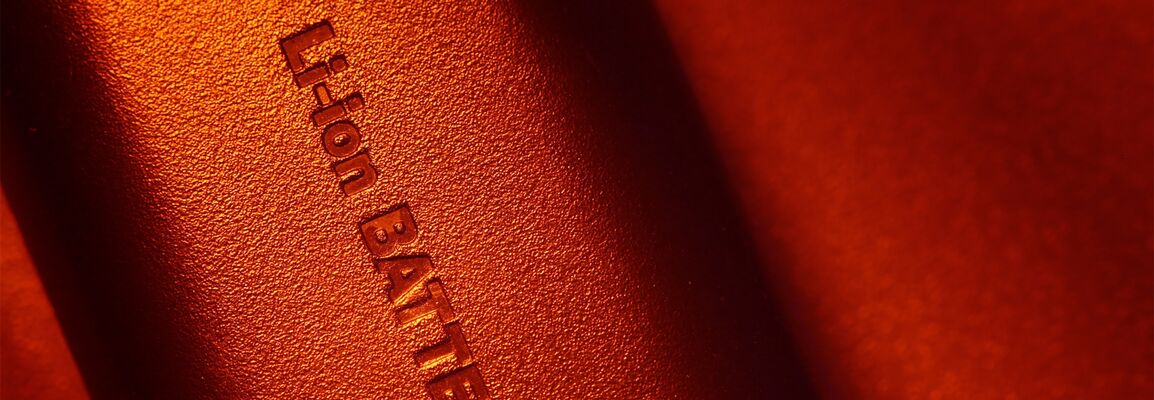研讨会简介
本次网络研讨会将从脉冲场梯度扩散核磁共振的基本描述开始。接下来,将讨论聚合物溶液内的扩散。将演示MWD分析,并解释在某些限度内的分布宽度为什么与溶液的浓度不相关。
研讨会还将描述可用作电池电解质的离子液体的多核PFG NMR扩散测量,并解释单个离子测量的可能性。最后,主讲人还准备了一个实验操作的展示。
研讨会主题
本次网络研讨会将提供脉冲场梯度核磁共振(PFG NMR)扩散实验的概要,即便对PFG核磁共振不熟悉的人也可以参会。接下来,将介绍聚合物在溶液中的扩散情况,重点是MWD。还将介绍使用多核PFG NMR扩散来确定离子液体中单个离子的流动性。
研讨会亮点
PFG核磁共振扩散的概述:
- 自扩散和示踪剂扩散
- 测量原理
- DOSY
使用 PFG NMR 在溶剂中的聚合物扩散:
- 浓度依赖性
- 分子量分布
多核PFG扩散核磁共振的概要及其在以下方面的应用:
- 离子液体
- 单个离子的扩散
- 温度依赖性
- 与PFG NMR有关的仪器和自动化流程
推荐参会人员
总的来说,本次网络研讨会针对的是学术界和工业界中可能对PGSE扩散实验感兴趣的核磁用户和潜在用户。
关于聚合物解决方案的讨论适合参与质量控制程序开发人员,而离子液体的主题则适合锂电池研究界人员参会。
主讲人简介
Dr. Klaus Zick
Bruker BioSpin GmbH Germany
Graduated from University of Stuttgart after performing Field Cycling NMR on organic conductors as part of the work by Prof. Mehring's group. He then completed his PhD at Max Planck Institut für Metallforschung in Stuttgart, where he investigated self-diffusion of lithium atoms in lithium metal using PFG-NMR and Fast-Field-Cycling NMR. For many years now, Klaus Zick has worked for the Bruker micro imaging group, mainly dealing with high-power gradient diffusion NMR.
Dr. Dieter Gross
Bruker BioSpin GmbH Germany
Studied physics at the University of Heidelberg and graduated at the German Cancer Research Center Heidelberg about dosimetry for tumor treatment with 14 MeV neutrons. He continued at the Max Planck Institute für medizinische Forschung, Heidelberg with a dissertation about 14N and 2H Quadrupolar Coupling Tensors in Sodium Nitroprusside. He has joined Bruker in 1984 and is working in the field of NMR microscopy, diffusion and RheoNMR as head of the application team and as portfolio manager.

